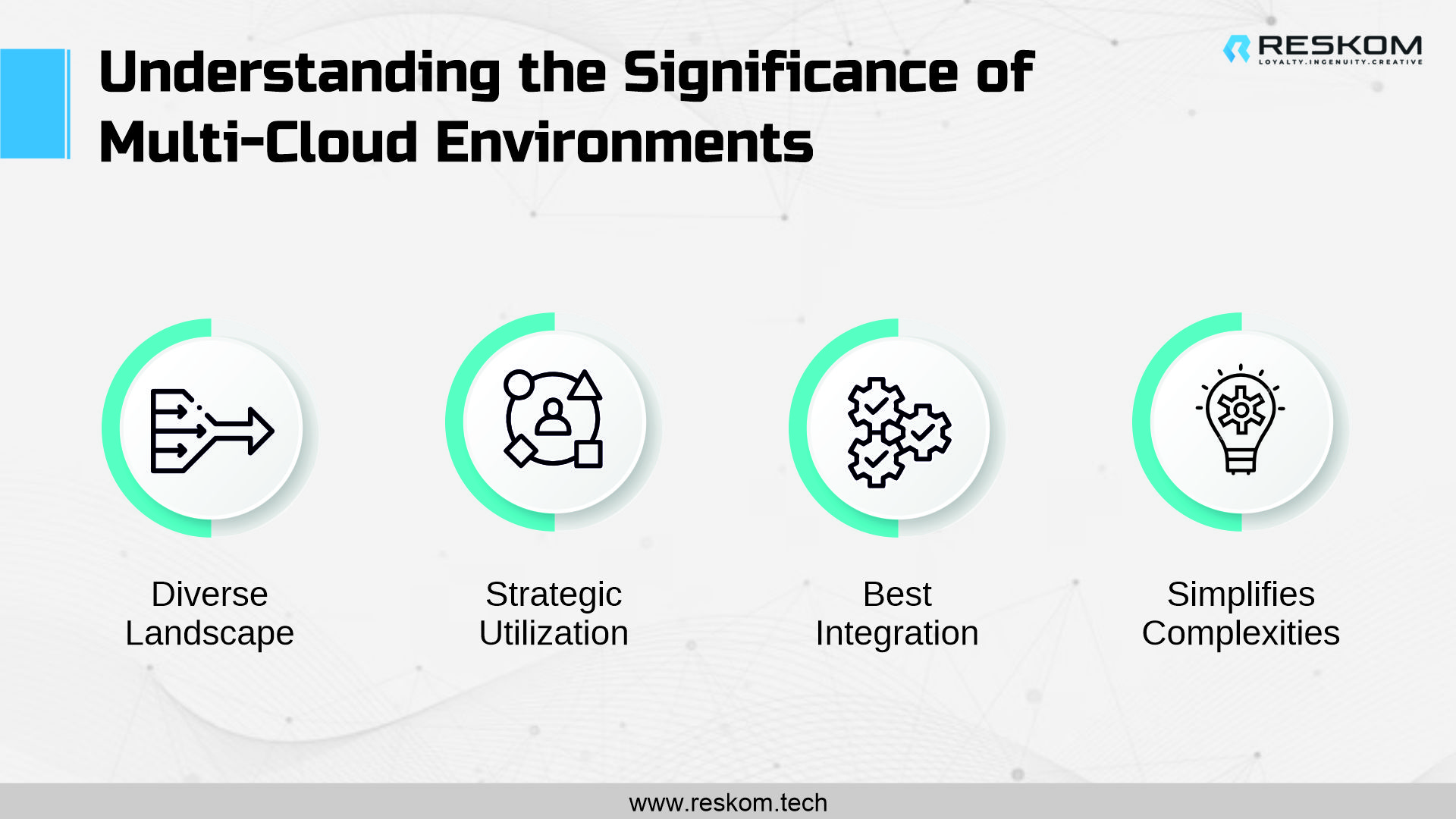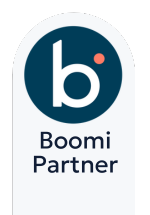The widespread adoption of multi-cloud environments has become a defining trend. Companies strategically embrace multiple cloud platforms for diverse purposes, ranging from accessing specialized services and SaaS applications to establishing geographic redundancy and broadening their portfolios. Yet, navigating this multi-cloud terrain introduces intricate complexities that necessitate a sophisticated integration approach.
Boomi, a pioneer in multi-cloud connectivity since 2017, steps in as a leading solution provider. Its versatile and highly effective approach simplifies the intricate challenges associated with integrating multiple cloud environments.
Amidst the dynamic demands of modern enterprises, the significance of leveraging numerous cloud platforms becomes evident. The versatility and adaptability offered by Boomi enable businesses to seamlessly connect, manage, and streamline operations across various cloud environments. With the ever-expanding complexities of multi-cloud landscapes, Boomi’s solution stands as a beacon of reliability, providing businesses with a unified and efficient method to navigate the challenges posed by multi-cloud integration.

Understanding the Significance of Multi-Cloud Environments:
The term ‘multi-cloud’ encapsulates a range of meanings and is sometimes interchanged with ‘hybrid cloud.’ Fundamentally, it denotes the practice of employing multiple cloud environments to facilitate business operations. Whether intentionally chosen or inadvertently accrued through natural expansion or corporate mergers, the prevalence of multi-cloud is a lasting trend.
Its adoption offers notable benefits, including the capacity to harness diverse services, fortify operational resilience, and evade dependency on a single vendor.
Diverse landscape
Nevertheless, this diverse landscape introduces amplified intricacies in managing IT infrastructures, particularly when compounded by the integration of burgeoning technologies such as IoT, AI/ML, and microservice architectures.
Strategic utilization
The strategic utilization of multiple cloud platforms is a response to the evolving needs and aspirations of contemporary businesses. While it fosters flexibility and resilience, the concurrent management of varied cloud systems presents intricate challenges.
Best integration
The fusion of multi-cloud environments with cutting-edge technologies amplifies the complexity, demanding a sophisticated and agile approach to integration and management.
Simplifies complexities
It’s within this intricate space that the role of solutions like Boomi becomes paramount, aiming to streamline and simplify the complexities inherent in multi-cloud connectivity, providing a pathway for organizations to effectively navigate this dynamic landscape.
Navigating Multi-Cloud Complexity
Boomi identifies four fundamental categories within multi-cloud environments: cloud-to-cloud, on-premises-to-on-premises, on-premises-to-cloud (hybrid IT), and intra-cloud settings. While each of these setups demands distinct integration solutions, adopting such specific approaches frequently results in the creation of additional data silos and operational intricacies.
Need for an integration framework
To ensure that businesses effectively achieve their strategic objectives, there is a critical need for an integration framework that can adeptly handle all these use cases while upholding simplicity and transparency in the management and orchestration processes.
Various approaches
These varied multi-cloud configurations represent the diverse approaches businesses employ to fulfill their operational needs. Each setup comes with its own set of challenges and requirements for seamless integration. The complexities involved in managing these diverse environments stem from the distinct nature of each type, potentially leading to disjointed data storage and complicated operational procedures.
How Boomi helps
Therefore, a comprehensive integration framework becomes imperative, capable of harmonizing the different multi-cloud scenarios into a unified, manageable structure. Boomi’s solution aims to streamline this process, offering businesses a cohesive approach to managing multi-cloud complexities and ensuring a seamless operational continuum across these diverse cloud environments.
How Boomi Simplifies Multi-Cloud Connectivity
Boomi’s prowess in simplifying multi-cloud connectivity shines through its cloud-native, unified platform. Central to this capability is the Boomi, a nimble runtime engine serving as the bedrock for managing application connectivity across diverse cloud environments. Its adaptability to deploy seamlessly on public clouds, private clouds, or on-premises settings grants users the flexibility to tailor their approach.
They can opt to leverage their existing public cloud infrastructure, deploy Boomi within a private cloud setup, or choose Boomi-managed private clouds based on specific business needs. This adaptability is instrumental in catering to the diverse and evolving demands of various enterprises operating within multi-cloud landscapes.
The versatility offered by Boomi’s approach addresses the dynamic requirements of businesses navigating multi-cloud environments. It empowers users to select deployment options that best align with their specific use cases and operational preferences. This adaptability not only streamlines the integration process but also ensures a seamless and tailored connectivity experience across a multitude of cloud environments.
Boomi’s platform stands out by providing a versatile, user-centric approach, enabling businesses to navigate the complexities of multi-cloud environments with agility and precision.
Boomi’s Comprehensive Platform
Boomi’s platform extends far beyond mere integration, offering a holistic suite that includes API management, data governance, and orchestration tools. This comprehensive array addresses the inherent intricacies of multi-cloud environments, effectively mitigating data silos and operational inefficiencies. By encapsulating these diverse functionalities within a single platform, Boomi fosters a cohesive approach to handling the complexities posed by multi-cloud landscapes.
The incorporation of API management within Boomi’s platform enables streamlined interactions between various applications and services across different cloud environments. This functionality empowers businesses to efficiently manage and govern the APIs, enhancing interoperability and communication.
Furthermore, the inclusion of robust data governance tools ensures the enforcement of data policies, quality, and security across the multi-cloud infrastructure. This leads to enhanced data management and compliance, contributing to a more structured and regulated data ecosystem.
Additionally, the platform’s orchestration capabilities play a pivotal role in harmonizing processes and workflows within and across different cloud environments, thereby optimizing operational efficiency.
Boomi’s platform stands out for its commitment to ensuring reliability, flexibility, elasticity, and scalability across diverse cloud environments. Its cohesive and comprehensive solution provides businesses with the agility and adaptability required to navigate the intricacies of multi-cloud settings, fostering a more seamless and efficient operational experience for organizations across various cloud infrastructures.
Conclusion
Boomi stands as a beacon of efficiency and versatility. Its robust platform and innovative Boomi Atoms offer businesses a means to navigate the complexities of multi-cloud integration effortlessly.
As businesses continue to expand and diversify their cloud portfolios, Boomi remains at the forefront, enabling a seamless, integrated future for multi-cloud operations.
Reskom harnesses the power of Boomi’s Multi-Cloud Integration service by expertly deploying and managing diverse cloud environments. Leveraging Boomi’s technology, Reskom provides seamless integration across various cloud platforms, ensuring a harmonized and efficient infrastructure. By offering tailored solutions for multi-cloud connectivity, Reskom enables businesses to optimize their operations and streamline workflows.


